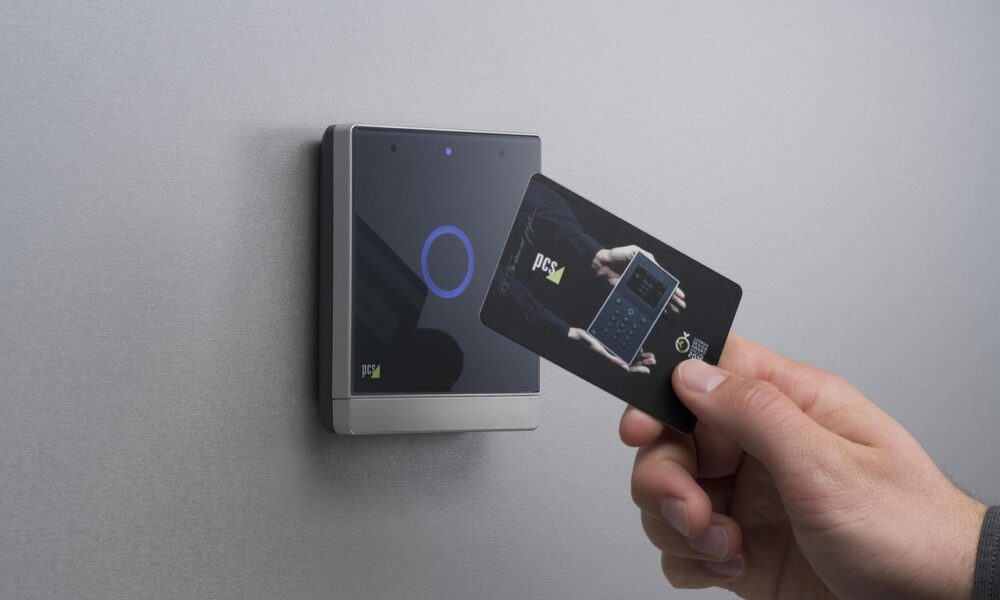How RFID Bolt Seals Reinforce Global Container Security

Global trade depends on trust. Every day, millions of containers cross borders carrying valuable cargo — and each one must arrive intact and untampered. Yet theft, fraud, and security breaches still cost the logistics industry billions annually. Traditional bolt seals alone can’t keep up with the complexity of modern supply chains.
Enter the RFID bolt seal — a new generation of smart locking devices that combine physical protection with digital traceability. By embedding RFID technology into each seal, global logistics companies can now track, verify, and secure shipments in real time.
From Mechanical Locks to Intelligent Seals
An RFID bolt seal looks similar to a conventional container lock, but inside its ABS housing is a UHF RFID microchip operating in the 860–960 MHz range. Once locked, it provides both physical resistance and a digital identity, storing key shipment information such as container number, seal ID, or route data.
Key benefits of RFID bolt seals include:
- ISO 17712:2013 compliance – recognized globally as a high-security seal for customs clearance.
- Unique EPC code – non-cloneable, ensuring each seal is traceable to a single shipment.
- Tamper-evident – once cut, it provides irreversible proof of access attempts.
- Long read range – can be scanned from 5–10 meters via fixed or handheld RFID readers.
This evolution from mechanical to intelligent sealing transforms security into visibility — every locked container becomes part of a connected logistics network.
Why RFID Matters for Ports and Customs
For port authorities and freight forwarders, RFID bolt seals automate one of the most time-consuming tasks: inspection and verification.
- Rapid scanning – officers can verify hundreds of containers per minute without manual checks.
- Instant alerts – tampering or duplicate IDs trigger warnings automatically.
- Data integration – RFID data feeds directly into TMS/WMS systems for real-time visibility.
- Global compliance – supports programs like C-TPAT and AEO that require tamper-evident, traceable seals.
These capabilities save inspection time, reduce paperwork, and strengthen trust between exporters, logistics providers, and customs officials.
Real-World Example: Smart Ports in Action
In a typical port scenario, RFID bolt seals are encoded before container departure. When the container passes through a gate equipped with fixed UHF readers, the system captures:
- Seal ID
- Container number
- Time and location stamp
If a seal ID is missing, duplicated, or broken, the software flags the anomaly instantly — giving port operators an early warning system against tampering or theft. This automation is a cornerstone of modern “smart port” operations.
Connecting Physical Security to Digital Intelligence
RFID bolt seals aren’t just locks; they are data points. Each scan adds information to a digital ledger, creating a transparent chain of custody. When combined with IoT platforms, analytics, or even blockchain, RFID sealing data helps logistics teams predict risks, automate reports, and manage compliance efficiently.
In addition to container locking, many logistics companies now use RFID trailer seals to secure trucks, tankers, and trailers on road networks. These smart seals extend real-time visibility from port to warehouse, ensuring that every step of the supply chain remains traceable and tamper-proof.
Looking Ahead: The Future of Secure Supply Chains
As global trade becomes more digitized, the importance of traceable, intelligent security devices will only grow. RFID bolt seals and trailer seals represent a quiet revolution — reinforcing physical locks with digital intelligence to ensure every shipment’s journey is documented, verified, and secure.
To learn more about RFID bolt seal solutions and RFID trailer seals for international logistics, visit JIA RFID.

Source: How RFID Bolt Seals Reinforce Global Container Security




